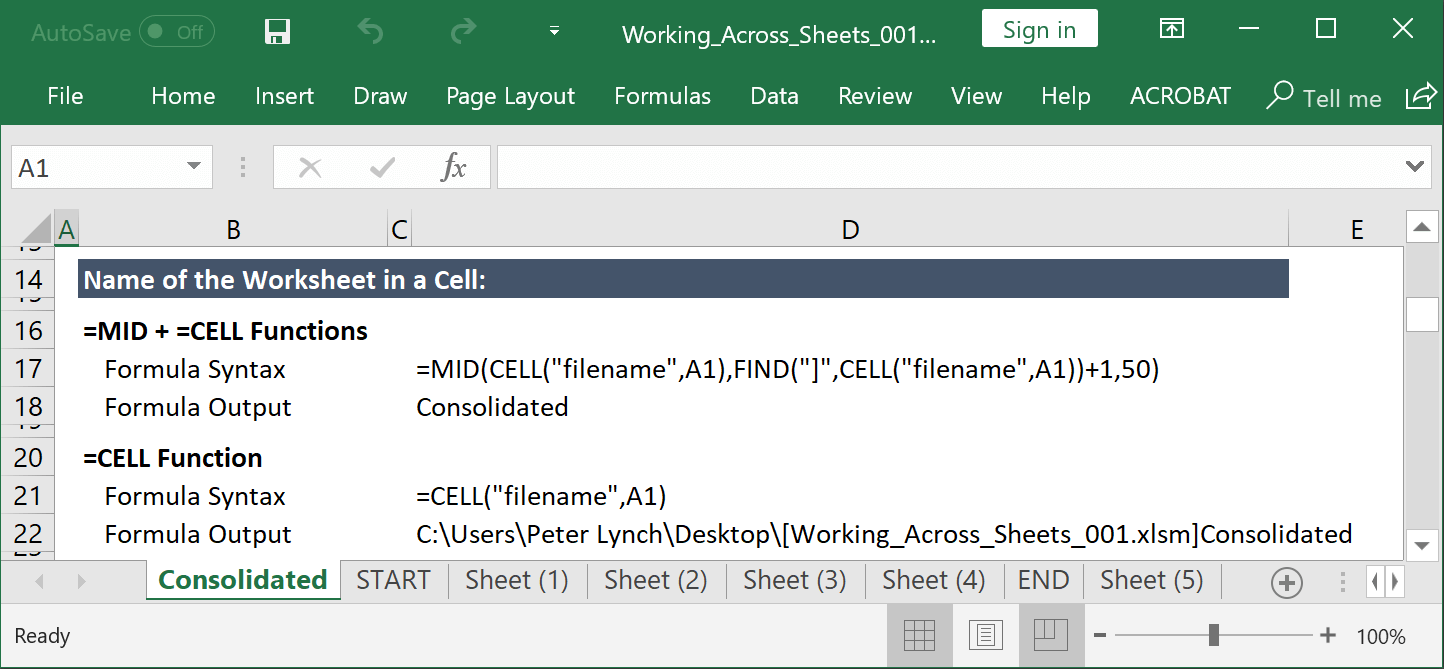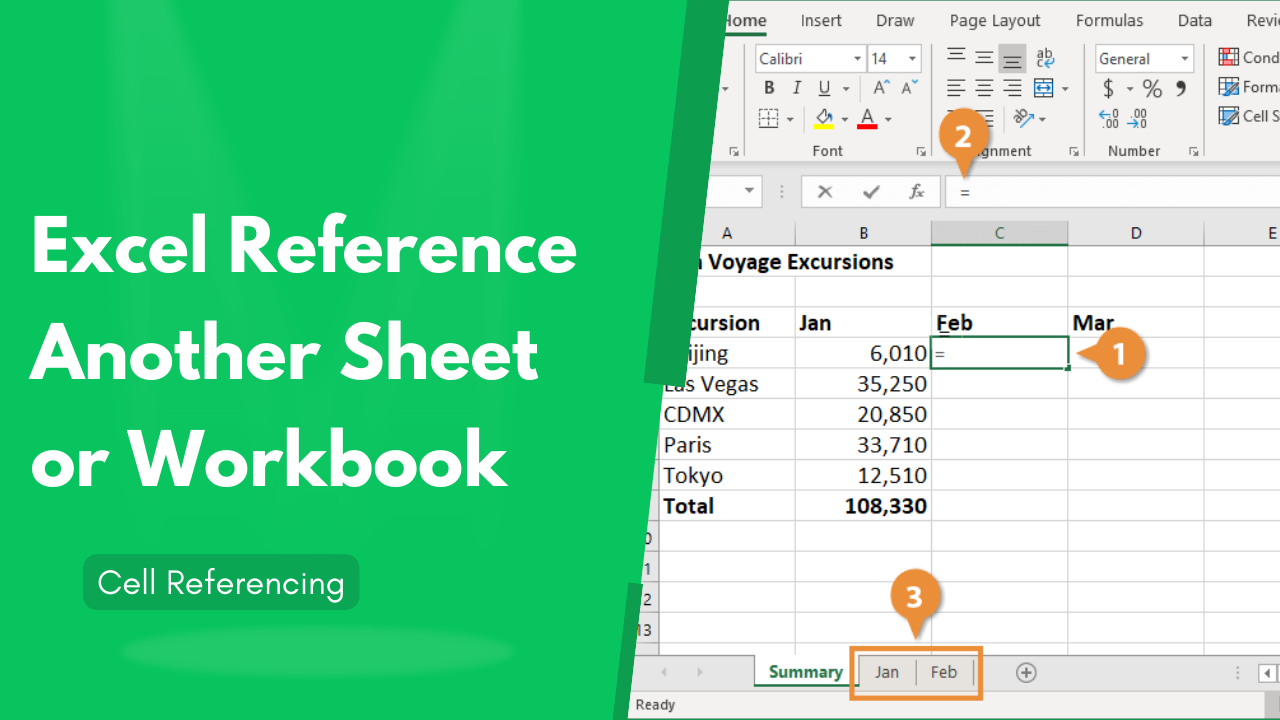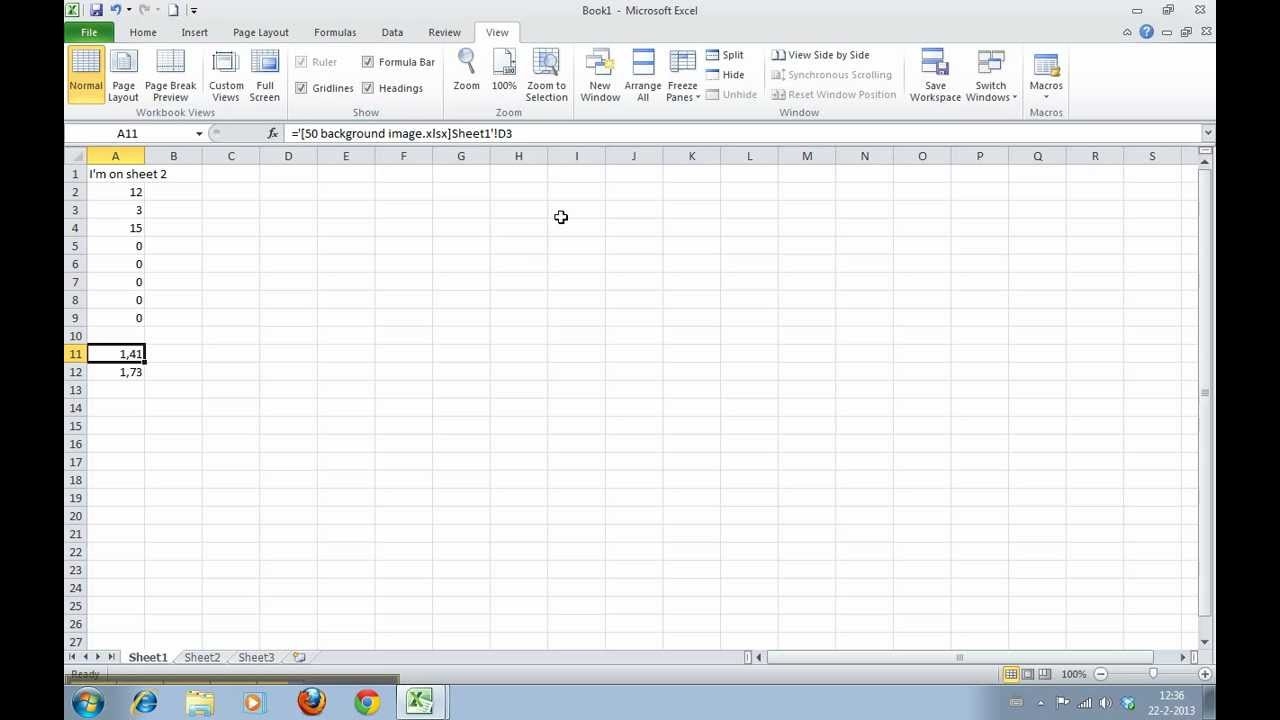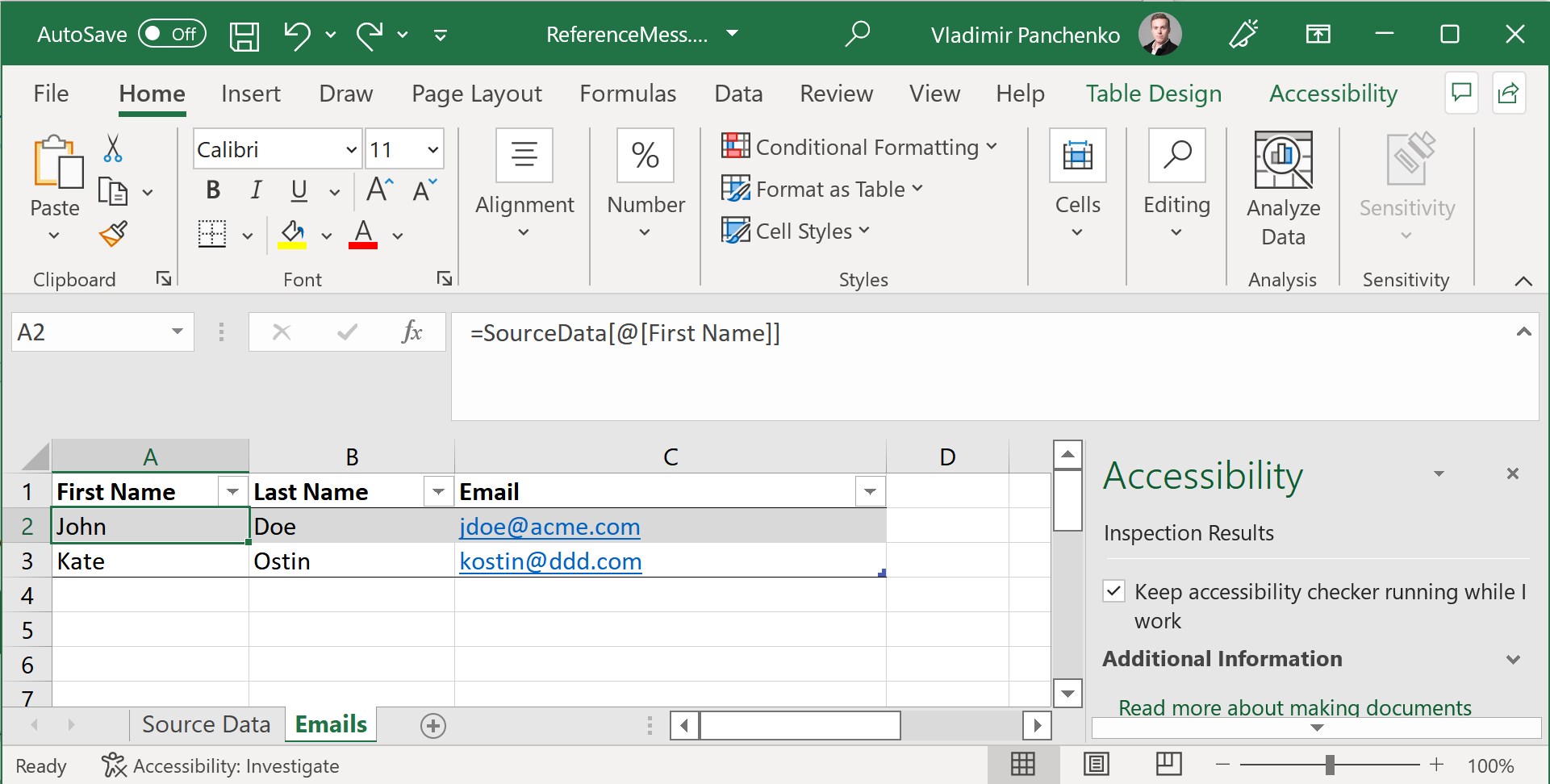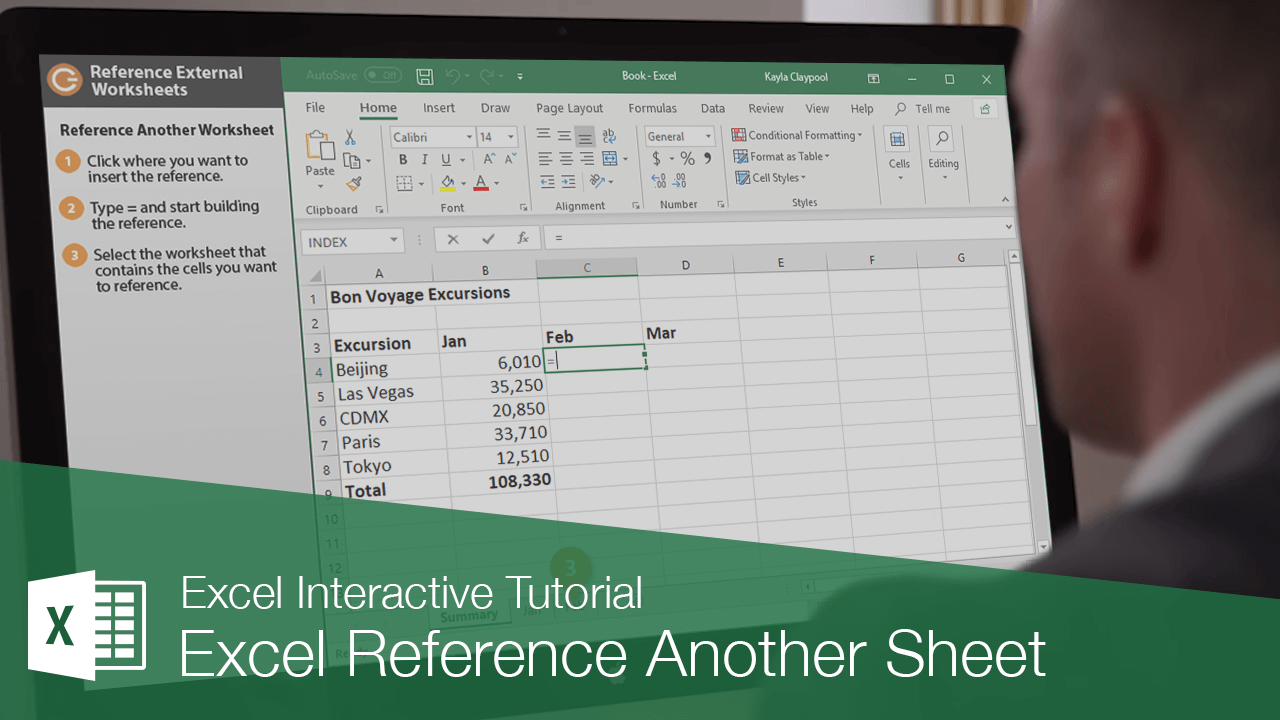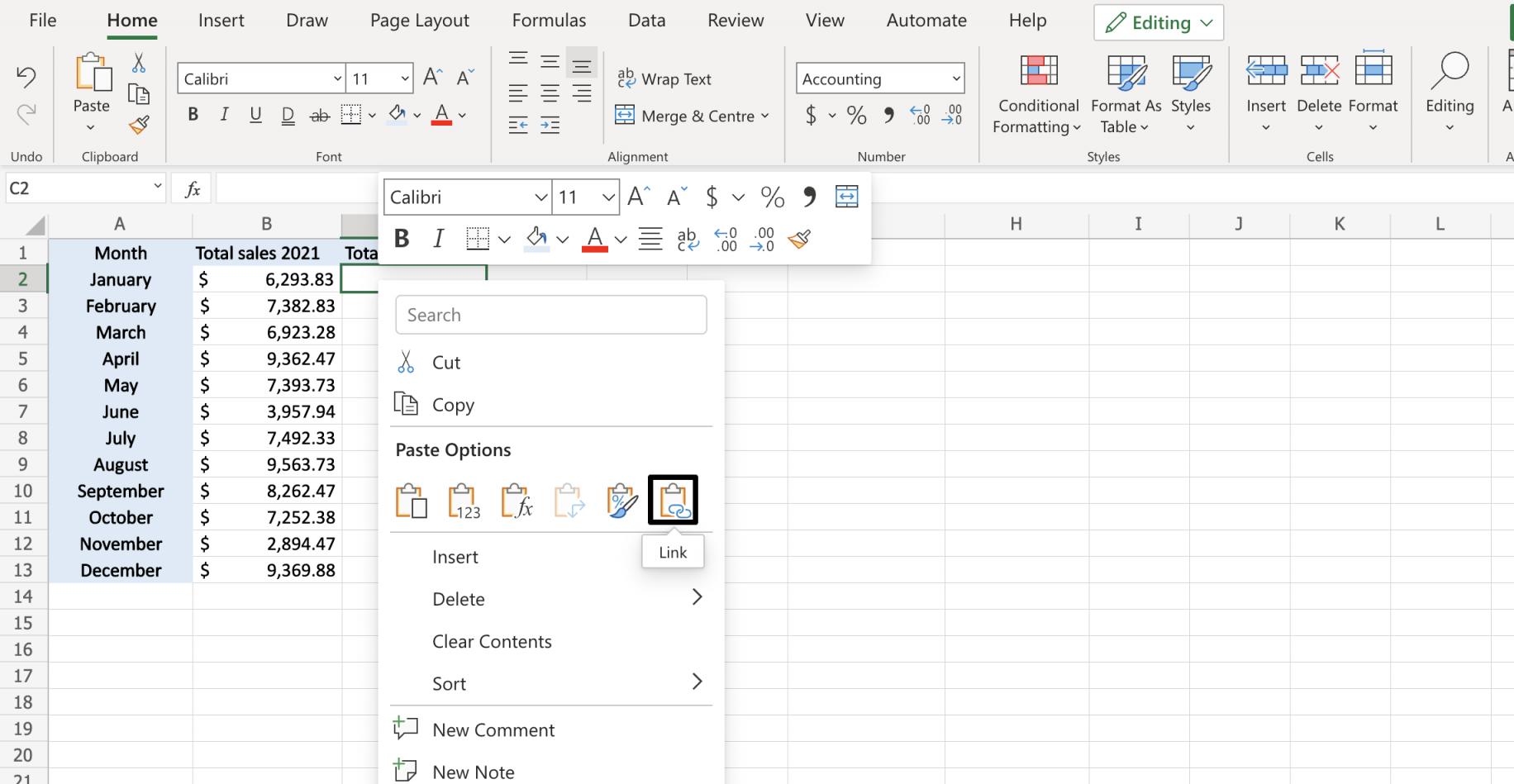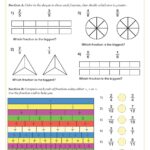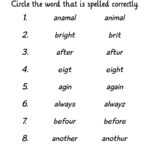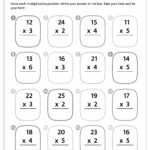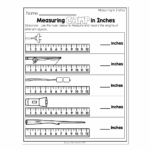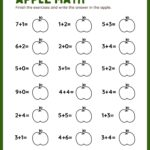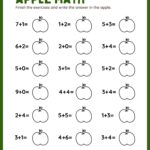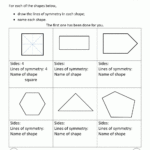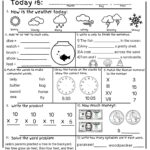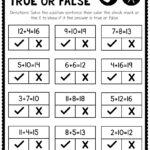Have you ever found yourself lost in a sea of data in an Excel worksheet, struggling to keep track of which cell refers to what? Understanding how to reference cells in Excel can make your life a whole lot easier.
By mastering Excel worksheet references, you can quickly navigate through your data, perform calculations with ease, and create dynamic reports that update automatically. Say goodbye to manual cell hunting and hello to efficient spreadsheet management.
excel worksheet reference
Unlocking the Power of Excel Worksheet Reference
When you use cell references in Excel, you can link formulas to specific cells, making it easier to update and modify your data without breaking your calculations. By using absolute, relative, and mixed references, you can tailor your formulas to suit your needs.
Absolute references lock the cell reference, relative references adjust based on the cell’s position, and mixed references offer a combination of both. Understanding when and how to use each type of reference can help you streamline your workflow and save time.
With Excel worksheet references, you can easily create complex formulas that pull data from multiple sheets or workbooks. This can be incredibly useful for consolidating information, analyzing trends across different datasets, and creating comprehensive reports that provide valuable insights.
So, the next time you find yourself drowning in a sea of data in Excel, remember the power of worksheet references. By mastering this essential skill, you can take your spreadsheet game to the next level and become a data analysis pro in no time.
Excel Reference Another Sheet Or Workbook Cell Referencing Worksheets Library
How To Create A Cell Reference To Another Worksheet Or Another Excel File In Excel 2010 YouTube
Microsoft Excel Reference To A Table From Another Worksheet Messes Up The Order And Leads To Data Inconsistency Super User
Excel Reference Another Sheet CustomGuide
Excel Reference To Another Sheet Or Workbook Layer Blog
